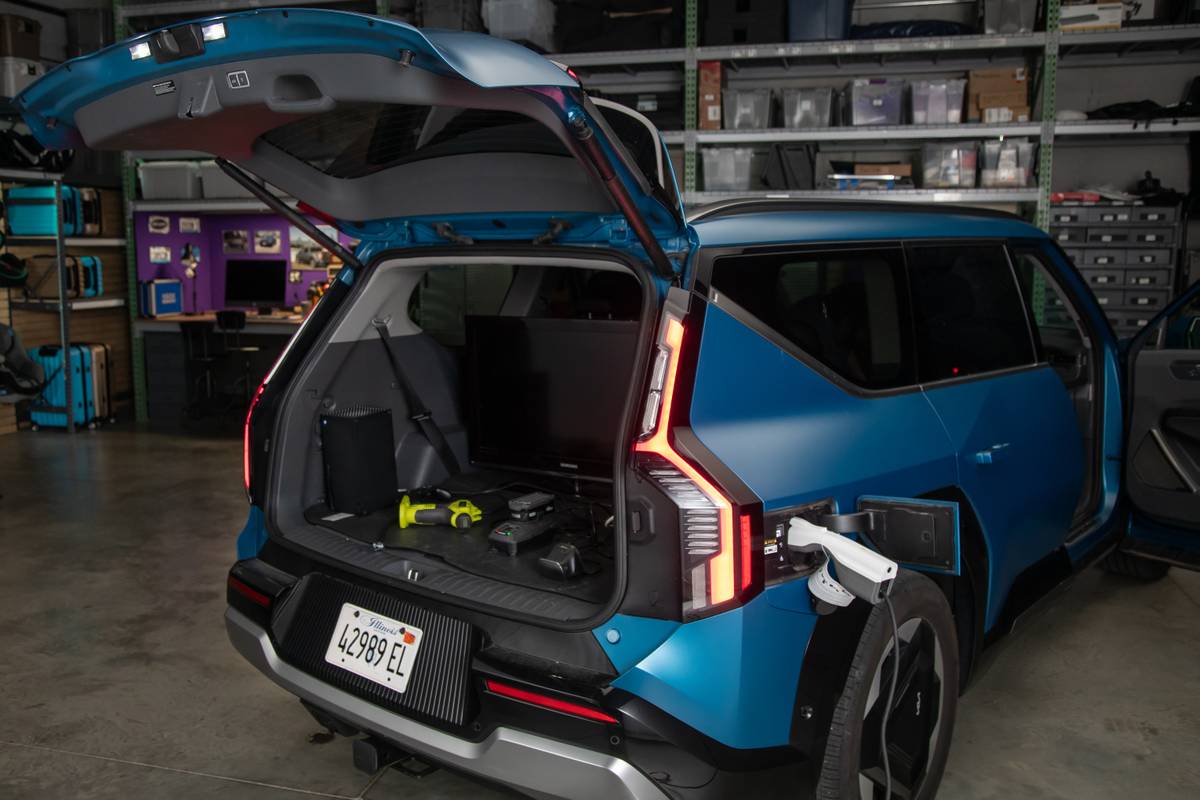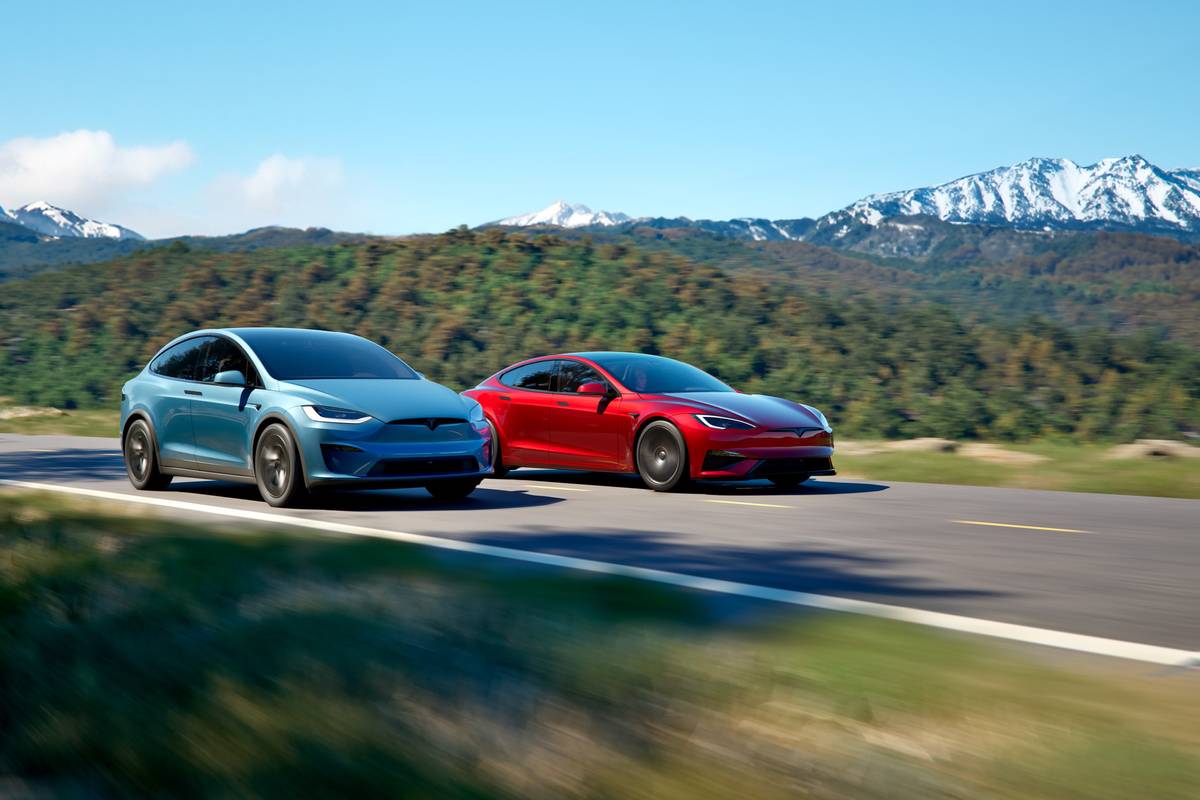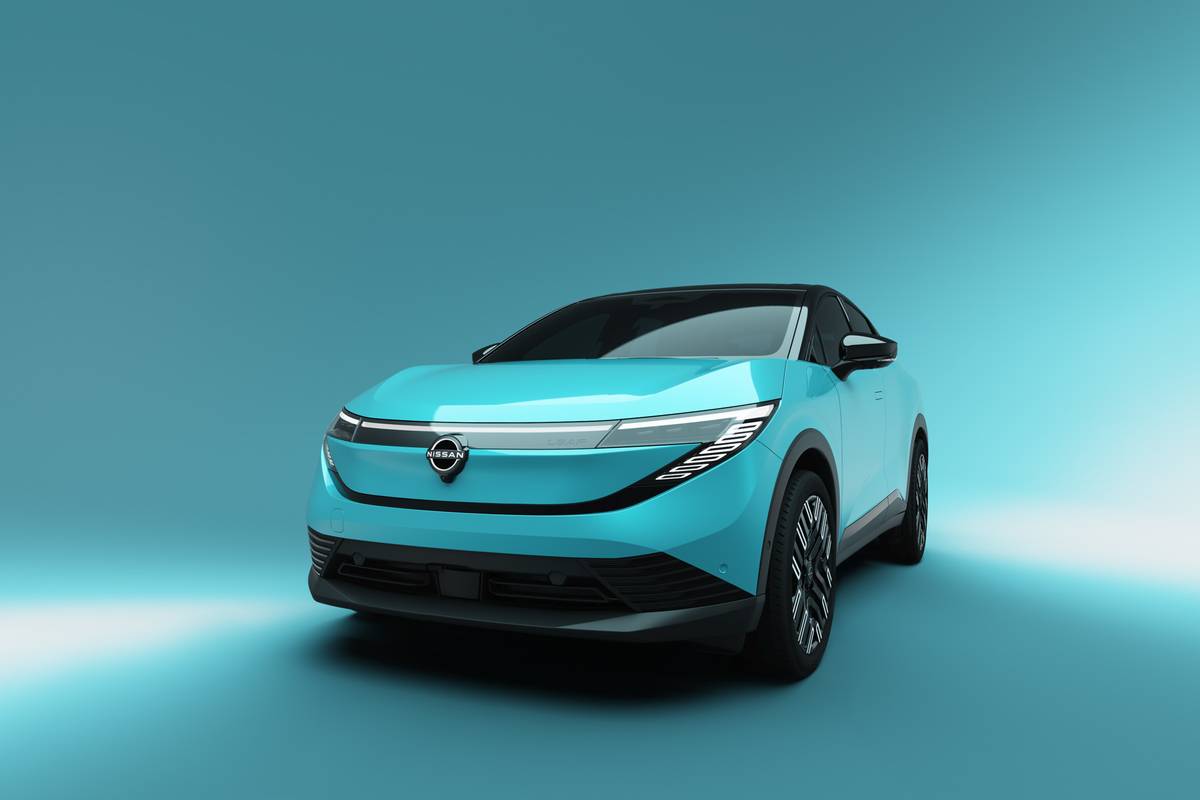Star-Telegram.com's view
Nissan, trying to reinvent itself in the U.S. market, has rolled out five new or completely updated vehicles in the past year, including the redesigned 2000 Maxima, its flagship sedan.
Now the Nissan luxury brand, Infiniti, gets its own version of the new Maxima in the form of the redesigned 2000 I30.
The I30 has been Infiniti’s best-selling model almost since its introduction for 1995. From the start, it has been heavily based on the Maxima, and there was really very little to differentiate the two vehicles other than price. The Maxima for 2000 has a base price range of $21,049 to $26,249, compared with a range of $29,465 to $31,540 for the I30.
For 2000, Nissan has taken a few steps to differentiate the two. On the exterior, the main differences are the grilles (the Infiniti continues with its distinctive, Buicklike grille) and the name plates, but at a distance, the cars are virtually identical — especially when looking toward the rear or sides. Some features available on the I30 can’t be found on the Maxima, including a Global Positioning System navigation package with cellular-phone connection to a special operator who can give the driver directions or send help in an emergency.
Prestige and value will continue to be the major considerations for buyers when they choose between an I30 or a Maxima.
Infiniti is a name plate that ranks next to Lexus and Acura, the luxury brands of Toyota and Honda, respectively. The Nissan name, however, continues to struggle for a strong foothold in the U.S. market, and some buyers will gladly pay several thousand dollars more to have the Infiniti name on their new sedans. There is no reason to avoid the Nissan name, however; even though sales have been down, this company builds first-class cars, among the best on the market.
As a practical consumer, I don’t give a hoot about luxury nameplates, and I would go for the Maxima if I were choosing between the two. I could use the extra money for something else, such as upgrading my airplane.
But a lot of people do care about the perceived prestige of driving a luxury brand, and I also know that the I30 turned a few heads during my weeklong test drive. People came over in supermarket parking lots to praise the car’s good looks, and the Infiniti name was not lost on them.
The new I30 is slightly larger than before, which means more room inside. Overall, it is 4.1 inches longer than the previous model and has a wheelbase that is 2 inches longer. Larger tires and wheels are standard; the base model gets 16-inch wheels and the uplevel touring model, the I30t, has 17-inch wheels. The windshield and rear window are more steeply raked than before, and overall, the car has a much more aggressive and muscular appearance.
There also is good news under the hood. Power is up 20 percent over last year. Now rated at 227 horsepower, the I30’s 3.0-liter V-6 engine is one of the most powerful six-cylinders i n this class. It is the same engine used in the Maxima, but some adjustments give it 5 more horsepower than the Maxima’s. This is essentially the same engine that was in last year’s Maxima and I30, but refinements account for the big power increase. Torque has increased from 205 foot-pounds to 217, the same for the Maxima.
The I30 has a true luxury feel, which makes it seem more expensive that it is.
Its competitors in the so-called near-luxury segment include the Mazda Millenia, Acura TL, Lexus ES 300, Volvo S70, Lincoln LS, Audi A4, BMW 3-series, Mercedes-Benz C-class, Cadillac Catera, Saab 9-5, Oldmobile Aurora and Chrysler 300M. It’s a rather crowded field of sedans that offer a good measure of luxury and performance at a price hovering around $30,000.
One advantage the I30 has over many competitors, including the ES 300, is Infiniti’s dedication to driving fun. Like BMW in comparison with Mercedes-Benz, Infiniti has always had the edge over Lexus on perfor nce and the total driving experience. Mercedes and Lexus have put more emphasis on cushy rides and other luxury features that make them less drivers’ cars and more passengers’ cars.
Although the I30 isn’t in the same league as Infiniti’s excellent flagship sedan, the Q45, it does offer driving excitement. It really hugs the road in tight turns, and the V-6 engine, coupled with a smooth-shifting four-speed automatic transmission, moves the car along rather quickly. That’s important when you’re trying to merge onto a busy freeway or trying to pass a slightly slower vehicle on a rural two-lane highway.
The cabin is very quiet, even at high speeds, and creature comforts abound. The front bucket seats are shaped to hold their occupants snugly in tight turns, and they’re as comfy as a favorite armchair.
Controls and gauges are simple to operate and easy to read. The radio and heating/air-conditioning controls are mounted on a center stack with the audio system on top — in recognition of the fact that people fiddle more with the stereo than the climate controls.
Three adults can fit fairly comfortably in the back seat, although it’s much more pleasant with just two. The trunk is very roomy, and a cargo net keeps groceries from sliding all over the place.
The headlights on our test vehicle, the touring model, were amazingly bright. They use the new xenon high-intensity-discharge system that expands the area of illumination without increasing the glare to oncoming traffic. Unfortunately, these lights are not available on the base model.
The base model comes with power anti-lock brakes, power leather seats, tilt-and-slide glass sun roof, automatic air-conditioning, power windows/doors/mirrors, variable-ratio power steering, leather-wrapped tilt steering wheel, 16-inch alloy wheels, cruise control and a Bose AM/FM/cassette/compact-disc stereo with seven speakers.
With the touring model, you get all of that (except the 16-inch wheels), plus a limited-slip differential, sport suspension and 17-inch silver alloy wheels.
The short list of options includes the Infiniti Communicator GPS navigation and cellular-phone system ($1,599), six-disc CD changer ($740), traction control ($300), heated seats ($420) and painted splash guards ($130).
EPA fuel-economy ratings are 20 miles per gallon in the city and 28 mpg on the highway. The tank holds 18.5 gallons of fuel, and premium unleaded is recommended.
NISSAN INFINITI I30
THE PACKAGE: Midsize, four-door, front-wheel-drive, five-passenger, V-6 powered, near-luxury sedan.
HIGHLIGHTS: Completely redesigned for 2000, the best-selling Infiniti sedan is better than ever. Essentially the same as the Nissan Maxima (also all-new for 2000), the I30 comes in two models: luxury and touring. Horsepower is up 20 percent from last year, and the body has become more aggressive and muscular. Luxury features and driving excitement abound.
NEGATIVES: Extra-bright xenon headlights not available on base model; traction control is optional but should be standard in this class.
MAJOR COMPETITORS: Mazda Millenia, Acura TL, Lexus ES 300, Volvo S70, Lincoln LS, Audi A4, BMW 3-series, Mercedes-Benz C-class, Cadillac Catera, Saab 9-5, Oldmobile Aurora and Chrysler 300M.
EPA FUEL ECONOMY: 20 miles per gallon city/28 highway.
BASE PRICES: $29,465 (Luxury model), $31,540 (Touring model), plus $525 transportation.
ON THE ROAD RATING: A-plus.
Latest news



